Blog
All about blockchains, cryptocurrencies, and web3. Also checkout our Tweets.
- Research
- Bitcoin
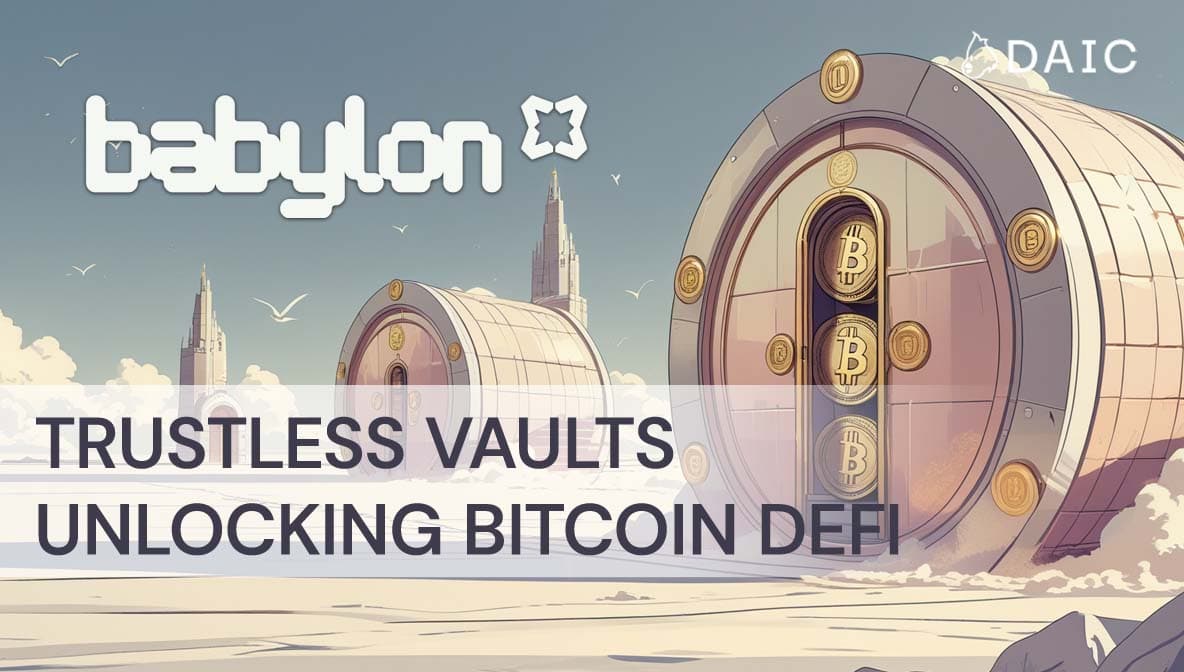
Babylon Trustless Vaults: Unlocking Bitcoin DeFi
From idle asset to economic engine: Babylon's Trustless Vaults are launching early 2026. We explain how this innovation allows native BTC to be used for lending, stablecoins, and perpetuals across any chain, eliminating the risks associated with centralized custody, wrapping, and bridges.
- Knowledge
- Bitcoin
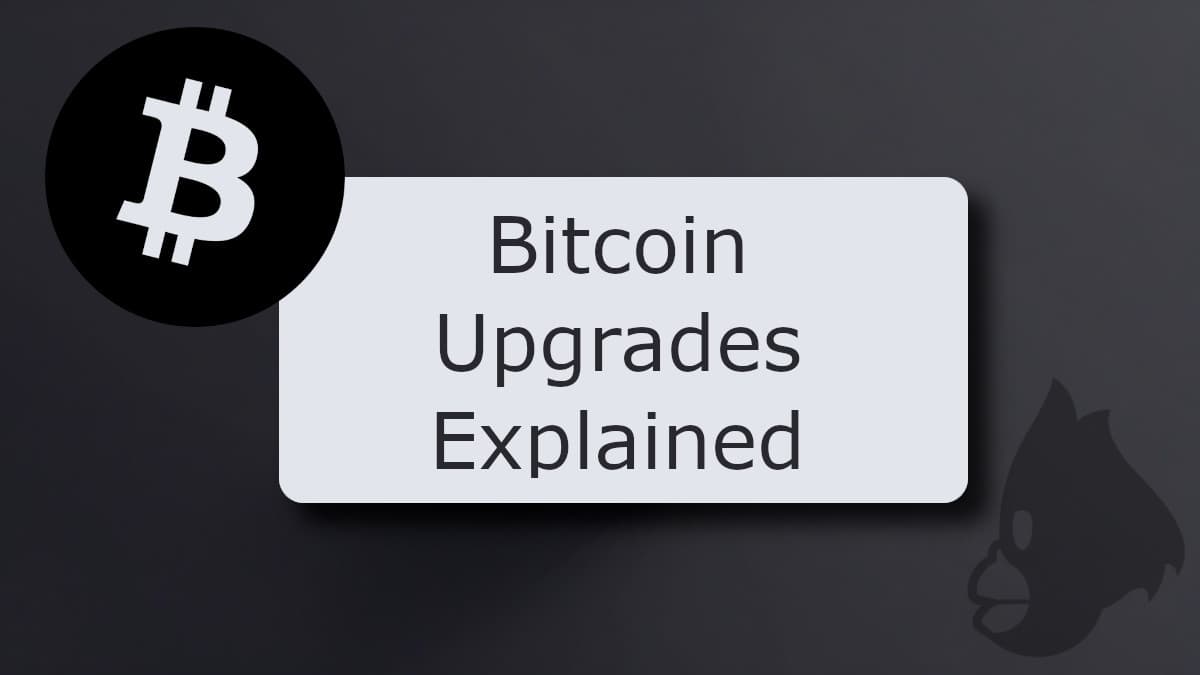
Bitcoin Upgrades Explained: SegWit, Taproot, and the Future of BTC
An in-depth exploration of Bitcoin's most impactful upgrades, SegWit and Taproot, with insights into how they enhance scalability, privacy, and smart contracts. Plus, a look ahead at future upgrades like BIP-324 and OP_CAT.
- Knowledge
- Bitcoin
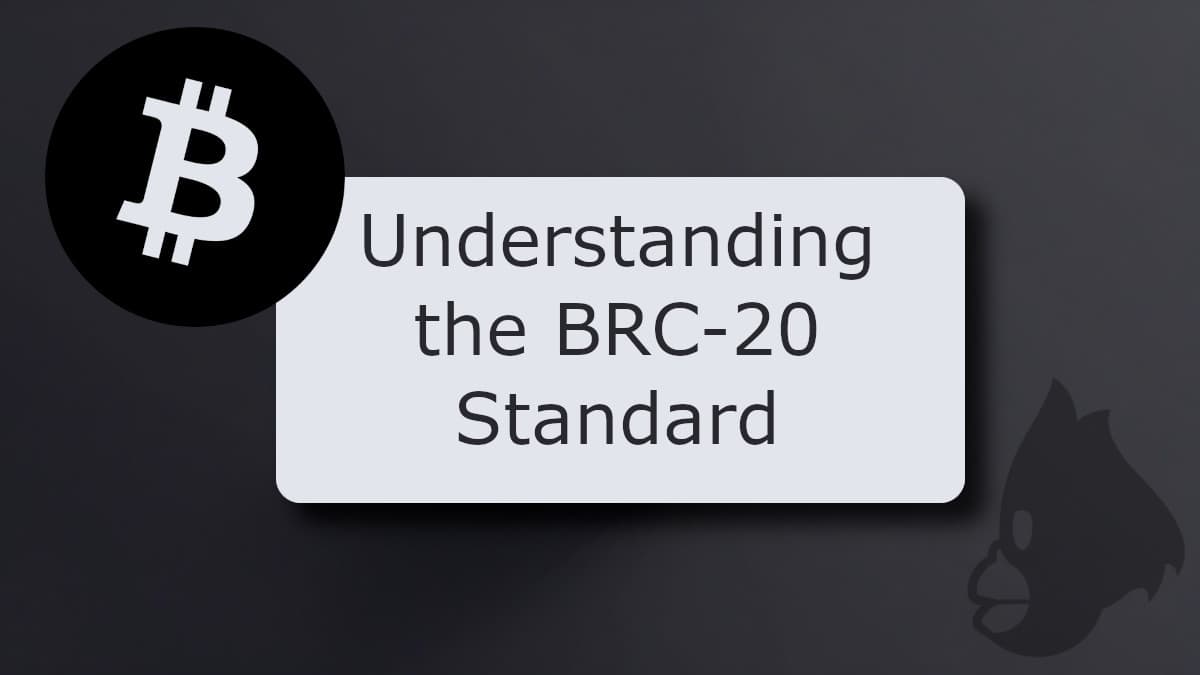
Understanding the BRC-20 Standard: Bitcoin's Experimental Leap into Tokenization
Explore BRC-20, the experimental Bitcoin token standard inspired by Ethereum's ERC-20. Learn how it works, its benefits, limitations, and future within the evolving crypto ecosystem.
- Knowledge
- Bitcoin

Bitcoin Inscriptions, Ordinals and Runes: The Rise of NFTs on Bitcoin
Discover how Bitcoin's evolving protocols: Inscriptions, Ordinals, and Runes are transforming the blockchain into a thriving hub for NFTs and digital assets.
- Knowledge
- Bitcoin

Staking Bitcoin in 2025: A Guide to Earning Yield with BTCFi
Interested in Bitcoin staking? While BTC works differently than PoS coins, this guide explores the various ways you can put your Bitcoin to work via new protocols & platforms to earn yield through staking-like activities. Discover different mechanisms, potential rewards, and the essential risks involved.
- Research
- Bitcoin
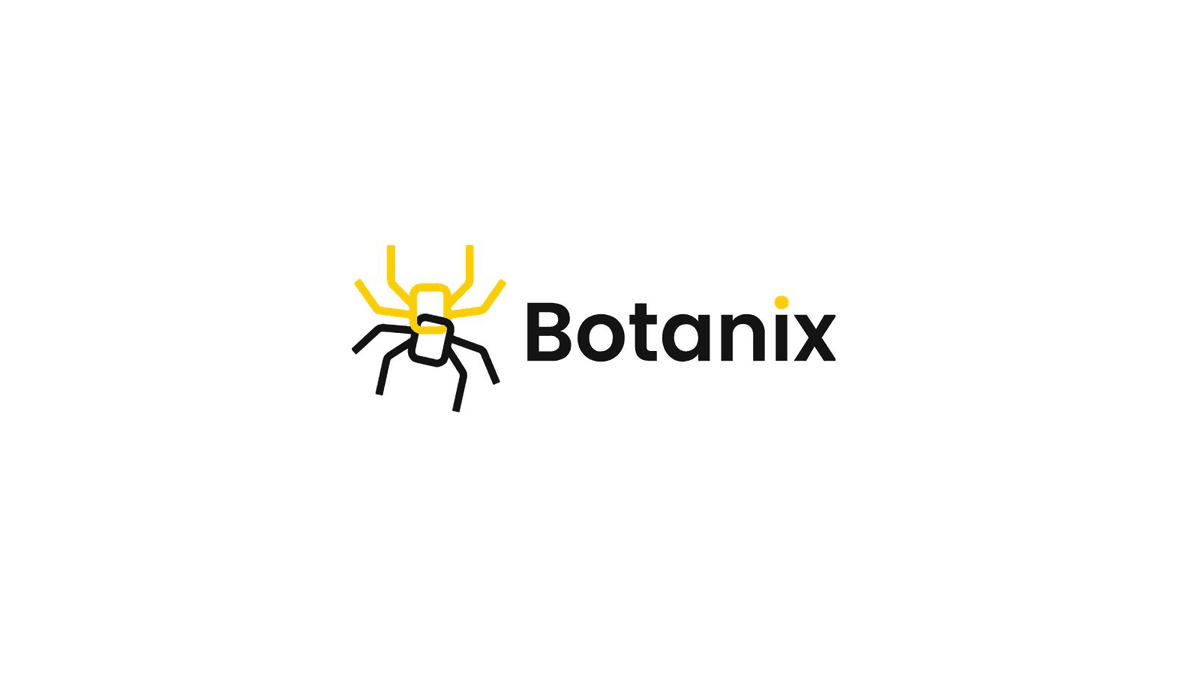
Botanix Protocol: Ecosystem Assessment and Project Future
The Botanix ecosystem is just beginning to take shape as it continues to adopt a diverse set of protocols and dApps mainly focused on decentralized finance (DeFi) and payments. Central to this foundation are Yala Labs and Palladium Labs, two startups focused on the development of their own in-house stablecoins. Yala itself is developing its YU stablecoin along with its modular suite of DeFi products and services, while Palladium is focused exclusively on the development of its own decentralized stablecoin, PUSD. To dive further into Botanix and its focus on DeFi and payment service infrastructure, we’ll compare Botanix to Bitcoin-focused Layer 2 networks Stacks, Rootstock, and the Lightning Network, while also analyzing the long-term potential of the project.
- Research
- Bitcoin
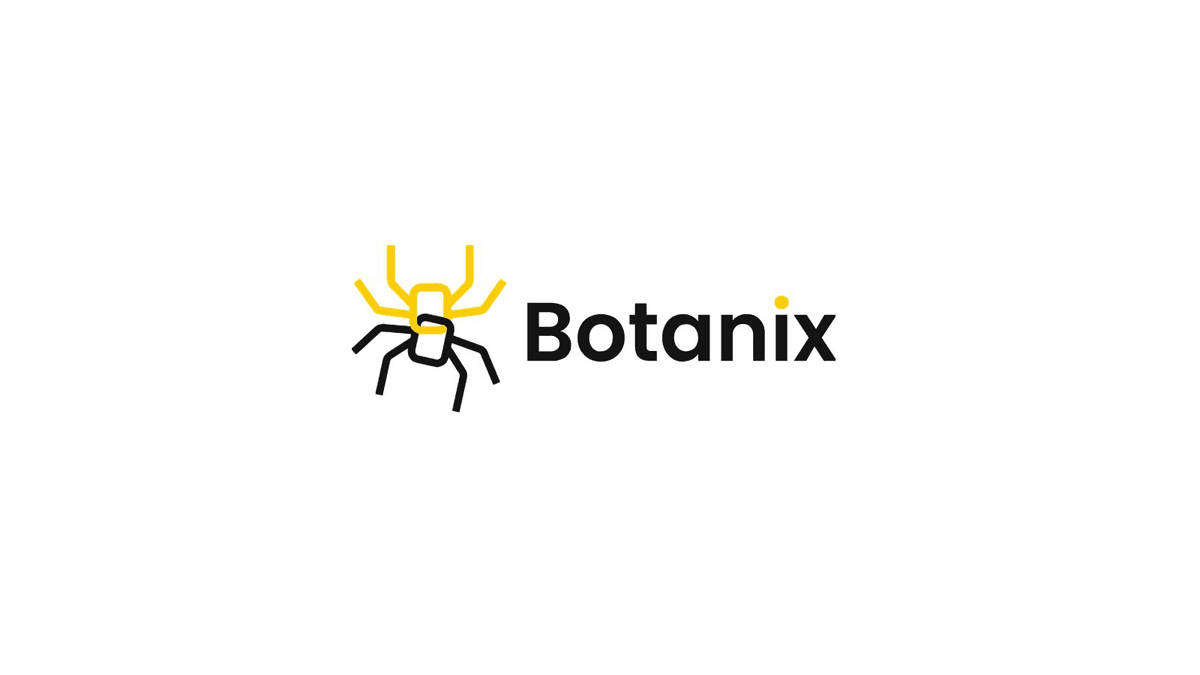
Botanix Protocol: Botanix Technical Architecture Unveiled
The Botanix blockchain employs a robust, decentralized, and highly scalable architecture. As foundational components of this design, Botanix makes use of the Spiderchain protocol, Botanix EVM, and the larger Bitcoin blockchain. To allow Botanix to operate as intended, Spiderchain utilizes forward security, an interconnected network of Orchestrator nodes, and an interoperable network of multisig wallets. More precisely, the Spiderchain-enabled multisig network provides the transferability and interoperability of BTC within the Botanix ecosystem, allowing users to stake, send, and receive BTC on Botanix. Ingeniously, the Botanix technical architecture allows the platform to make use of the best of both Bitcoin and Ethereuem but leveraging the programmability and smart construct functionality of Ethereum and the inherently decentralized and secure nature of Bitcoin.
- Research
- Bitcoin
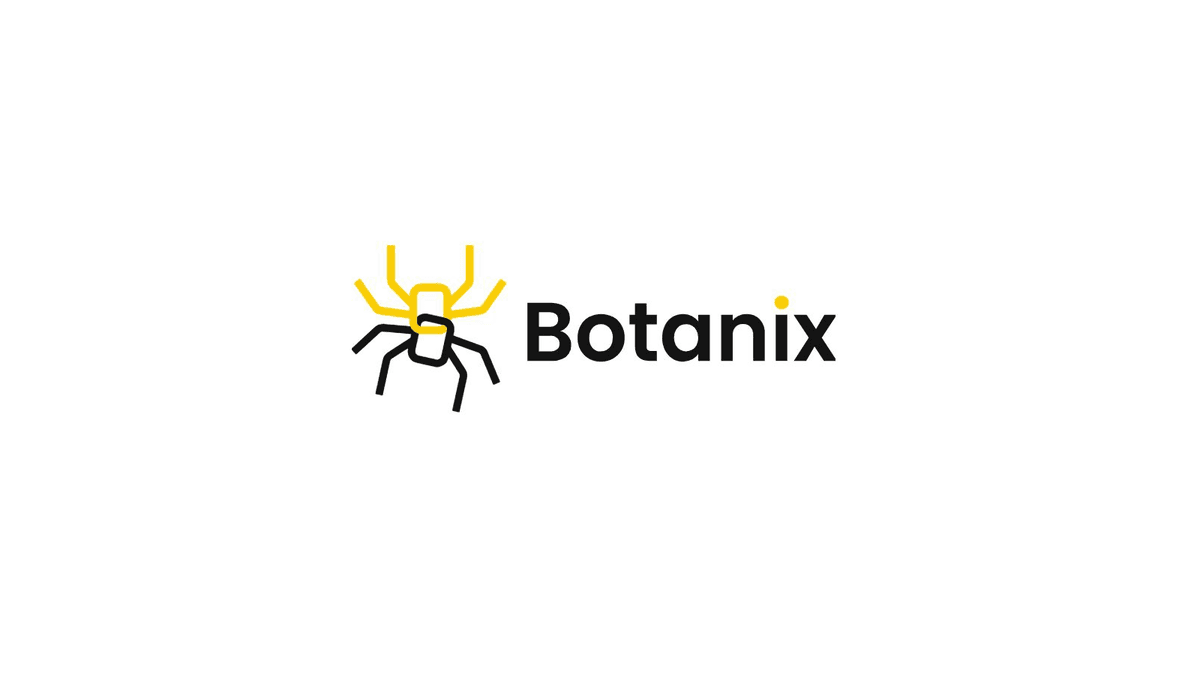
Botanix Protocol: An Ethereum-Equivalent L2 on Bitcoin
Botanix is an Ethereum-equivalent Layer 2 blockchain built on the Bitcoin network. The Botanix protocol is designed to operate as a decentralized trust layer that allows users to stake and hold their BTC leveraging the robust security guarantees of the Bitcoin blockchain. Most Proof of Stake networks suffer with centralization issues because of their stake-weighed design whereby validators with large stakes are able to garner overarching control of the network. Botanix flips this narrative on its head by developing a PoS platform that piggybacks Bitcoin’s decentralization and security. In addition to its Bitcoin-secured design, Botanix supports Solidity smart contacts initially conceptualized on Ethereum, greatly simplifying application development for Ethereum developers wishing to port their applications from Ethereum to Botanix (and vise versa).
- Research
- Bitcoin

Stroom Network (STROOM): Technical Architecture Overview
While not meant specifically to improve the scalability of Bitcoin like the Lightning Network, Stroom is designed to augment Lightning by providing DeFi services atop the network. In particular, Stroom leverages the utility of two distinct liquid staking tokens (stBTC and bstBTC) to allow users to earn yield on their initially deposited BTC assets. Stroom chose to build on the Lightning Network because of the protocol’s strong security, miniscule fees, its utility as a payments and micropayments platform, and because it supports Bitcoin as the most decentralized and robust blockchain in existence.
- Research
- Bitcoin

Stroom Network (STROOM): Bitcoin Liquid Staking On Lighting Network
Stroom Network is a Bitcoin liquid staking derivative protocol built to operate on the Lighting Network. While not meant specifically to improve the scalability of Bitcoin like the Lightning Network, Stroom is designed to augment Lightning by providing DeFi services atop the network. In particular, Stroom leverages the utility of two distinct liquid staking tokens (stBTC and bstBTC) to allow users to earn yield on their initially deposited BTC assets. Stroom chose to build on the Lightning Network because of the protocol’s strong security, miniscule fees, its utility as a payments and micropayments platform, and because it supports Bitcoin as the most decentralized and robust blockchain in existence.
- Research
- Bitcoin

Babylon Chain (BABY): Ecosystem Analysis and Project Outlook
Babylon’s continuously expanding ecosystem of sovereign Cosmos blockchains comprises those focused on a wide range of market segments and utilities from decentralized finance (DeFi), cloud commuting, decentralized physical infrastructure networks (DePINs), decentralized storage, play-to-earn gaming, and others. Many believe that Babylon chain has an extremely bright future because of its technical components, partnership agreements, product-market-fit, and economic structure. Babylon is a first-of-kind Bitcoin-Cosmos staking and security infrastructure middleware platform that faces several challenges moving forward despite its enormous potential.
- Research
- Bitcoin
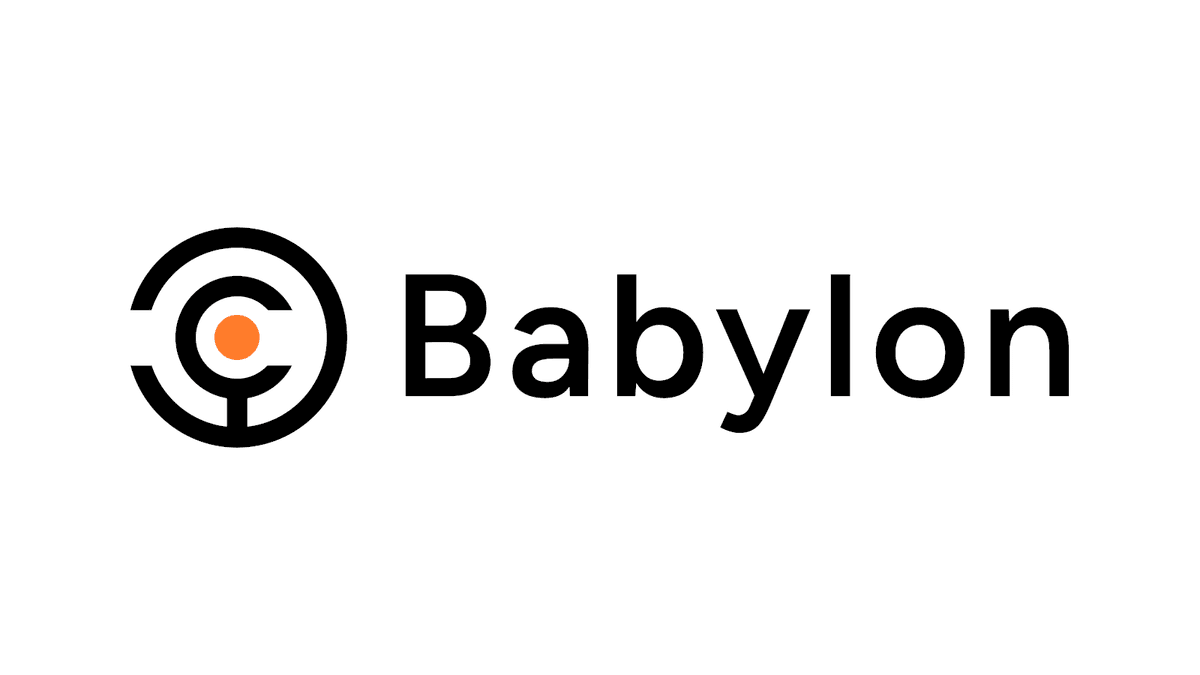
Babylon Chain (BABY): Technical Architecture Deep Dive
Babylon’s technical architecture makes use of several components including vigilante relayers, monitors, bitcoin staking programs, various node modules, and numerous independent consumer zones (Cosmos blockchains). Babylon is built to be secure, modular, interoperable, and highly-scalable while leveraging three state-of-the-art independent protocols: the Bitcoin Staking Protocol, the Bitcoin Timestamping Protocol, and the Bitcoin Data Availability Protocol. These platforms allow Babylon chain to offer security-as-a-service, timestamping utilities, and data availability serviceability via Bitcoin security guarantees to chains within the larger Cosmos ecosystem in return for incentivized staking rewards.
- Research
- Bitcoin

Babylon Chain (BABY): The Bridge to PoS Staking on Bitcoin
Babylon chain is a middleware connectivity layer that allows for staking and restaking of crypto assets between the Bitcoin blockchain and a number of sovereign Cosmos chains. Babylon allows independent Cosmos chains to increase their security by piggybacking the robust security guarantees of Bitcoin in exchange for staking rewards. At this time, this functionality is primarily focused on supporting chains within the Cosmos ecosystem but is able to support blockchains of nearly any ecosystem type on networks such as Ethereum, Solana, Avalanche, and others. Babylon is composed of three main protocols including the Bitcoin Staking Protocol, the Bitcoin Timestamping Protocol, and the Bitcoin Data Availability Protocol.